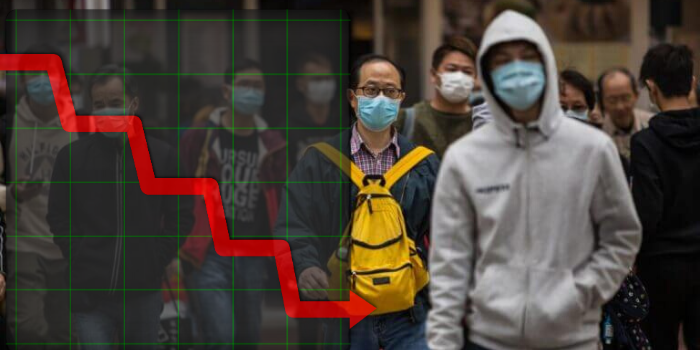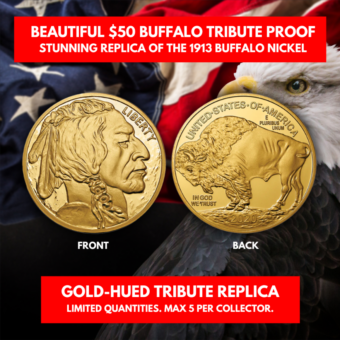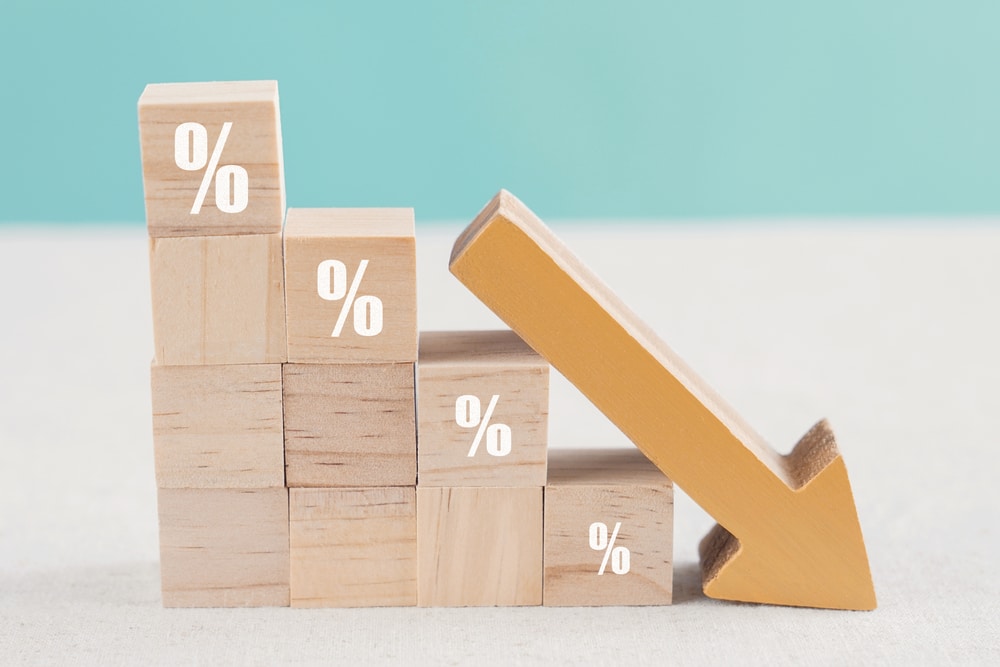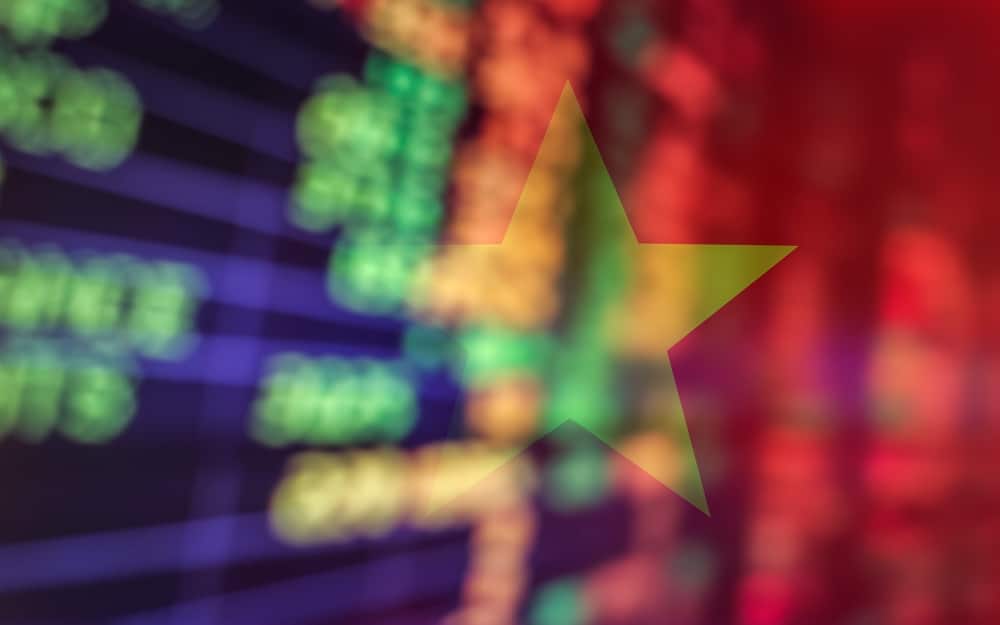
Coronavirus is Not the Only Factor Driving Stocks Down and Gold Prices Up
Coronavirus is not the only factor driving stocks down and gold prices up, as China is pumping a net 150 billion yuan ($22bn; £16.3bn) into its economy to help protect it from the impact of the coronavirus outbreak.
https://gsiexchange.wistia.com/medias/agka7okwmg?embedType=async&videoWidth=300
Even with a slight pullback in gold prices this week following China’s cash injection, the yellow metal still remains near its highest levels in years. This dip did not do much to offset the 4% gain for gold in 2020 or even the 1% increase last week as investors flocked to the precious metal while selling stocks, oil, and other investments in response to coronavirus fears. This is not atypical for gold in times uncertain as its value generally moves inversely to the dollar.
While coronavirus fears are driving investors away from risk assets to gold, it’s not the only reason that gold has been doing so well in recent times. There are all sorts of unsettling trends that have investors seeking safety and solace in gold. In the last year, the world has seen a mix of low to negative interest rates, tough forecasts for the U.S. dollar and the global economy in general, trade wars, and even the possibility of more real wars like we saw earlier this year with the increased tensions between the U.S. and Iran.
All these factors are making even the most powerful actors in the global market sit up and join the action. Take for example that mainland China is now responsible for almost 30% of the world’s gold demand. Also, at the beginning of 2019 alone, central banks scooped up a record-breaking $15.7 Billion worth of gold.
With these factors, along with falling U.S. Treasury yields and a likely summer interest rate cut on the docket courtesy of the Federal Reserve, gold prices should only continue to climb in the foreseeable future.
The reason gold is in such a good place right now though is that, with the market fluctuating so much, the current prices are not quite as high as they should be given present indicators. Right now, gold’s rate of ascent still lags that of Treasury yields (unlike what had happened during the brief US-Iran conflict last month).
There has been a 13.5 basis point tumble in U.S. 10-year real yields, which, based on historical data, should have led to a $43 per ounce increase in the price of gold. Last week, however, gold only rose by $17 per ounce. According to JPM analyst Natasha Kaneva, “From a valuation perspective, gold never really gave back the >$130/oz premium to yields it initially built up in early January so a bit of underperformance now seems like payback that is working to normalize its valuation (premium is now down to about $94/oz from $130/oz a week prior).”
Leading investors are also attributing this difference to rising worries about the spread of coronavirus. When you take the Chinese demand mentioned above and add the rest of Asia into that, we are looking at over 60% of the world’s gold demand coming from this region.
So, even with many investors flocking to gold in general, the specific worries about a virus attacking a part of the world responsible for almost two-thirds of the world’s demand has led some to hold off on making a major play at this moment.
All this adds up to a very big opportunity for gold investors. Gold prices are currently lower than they probably should be and all signs point to big continued growth in the near future.











